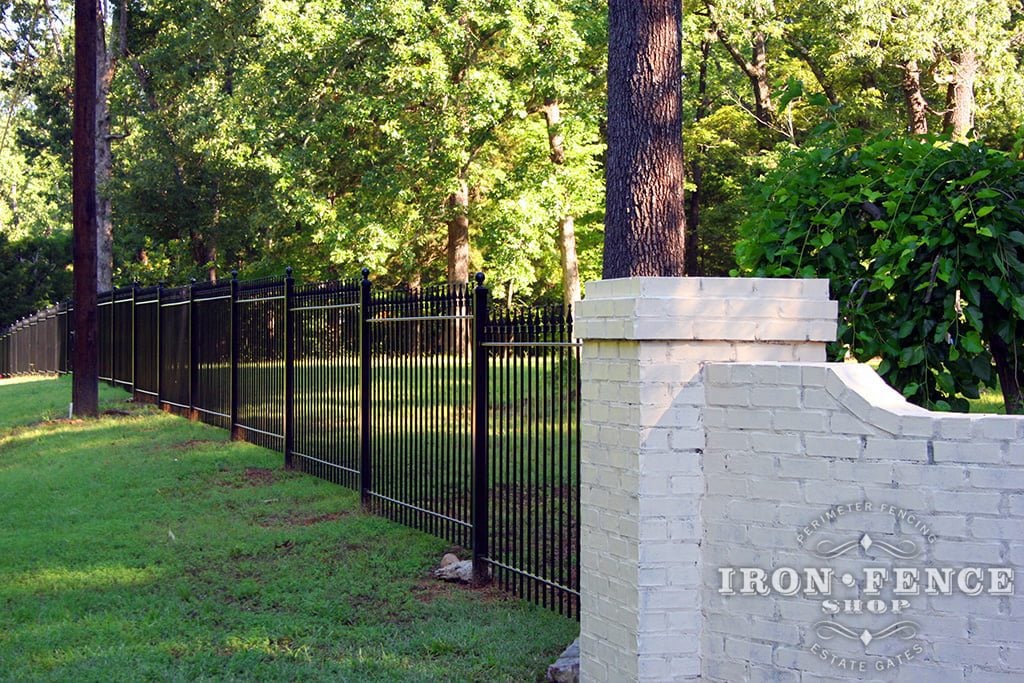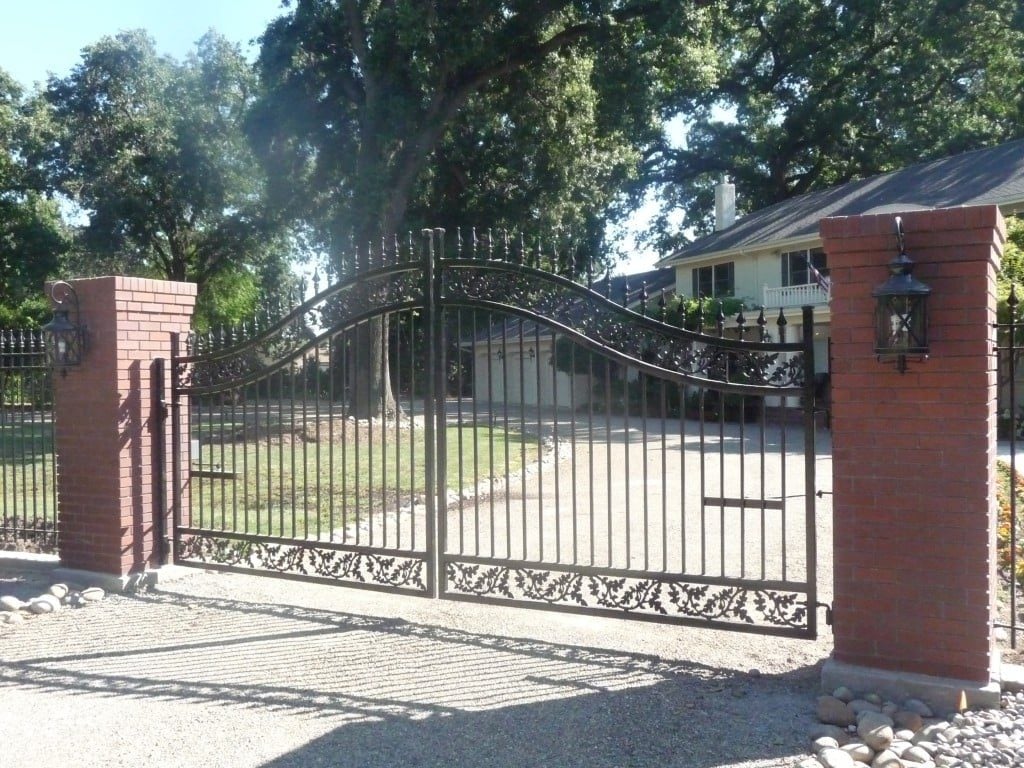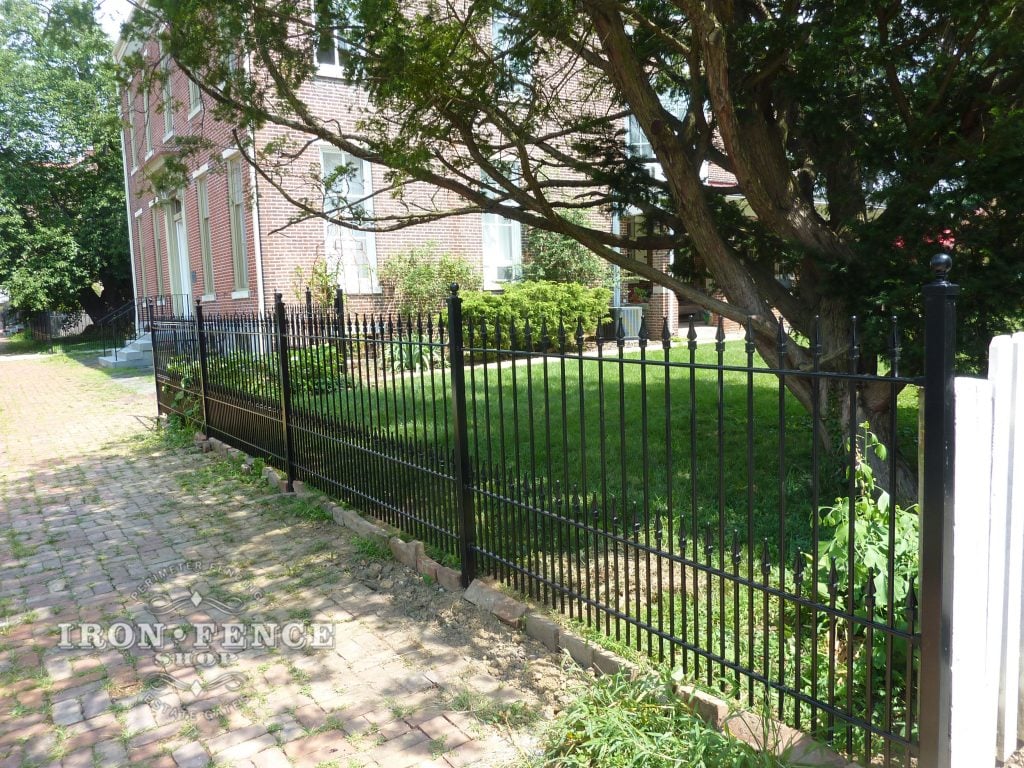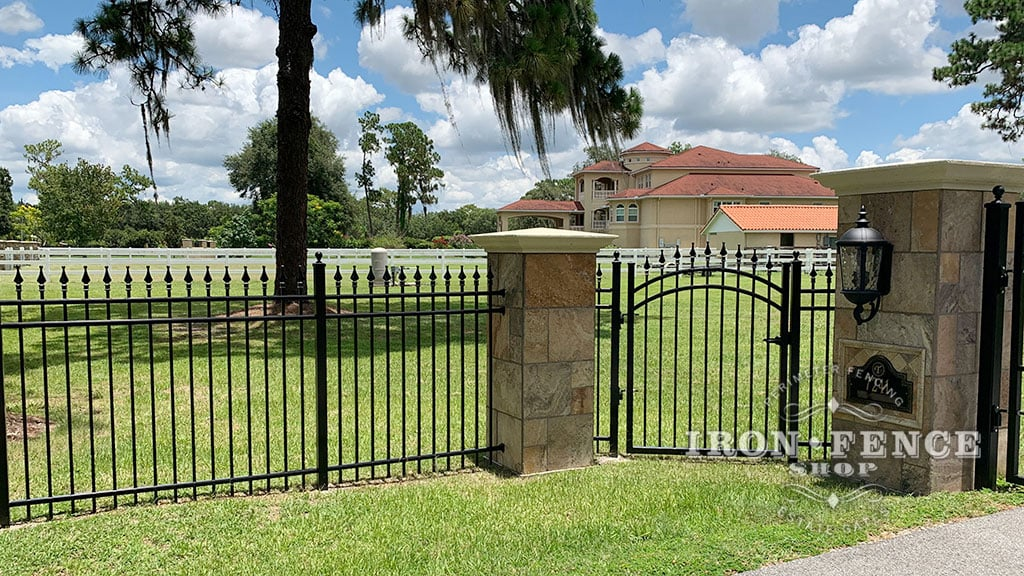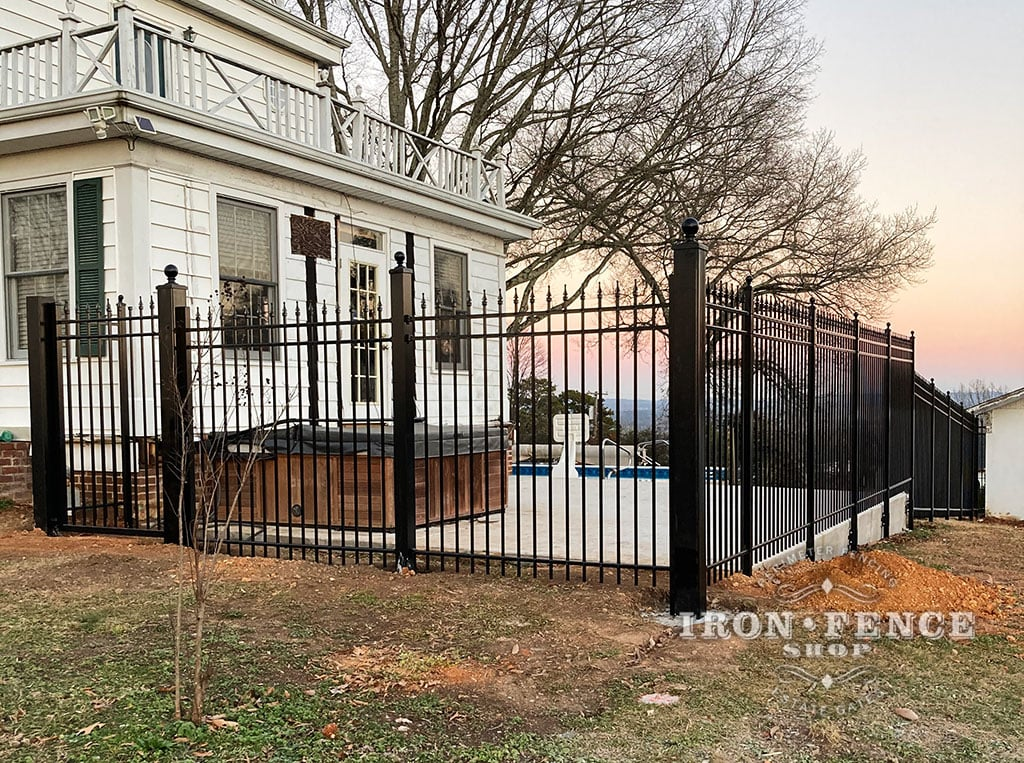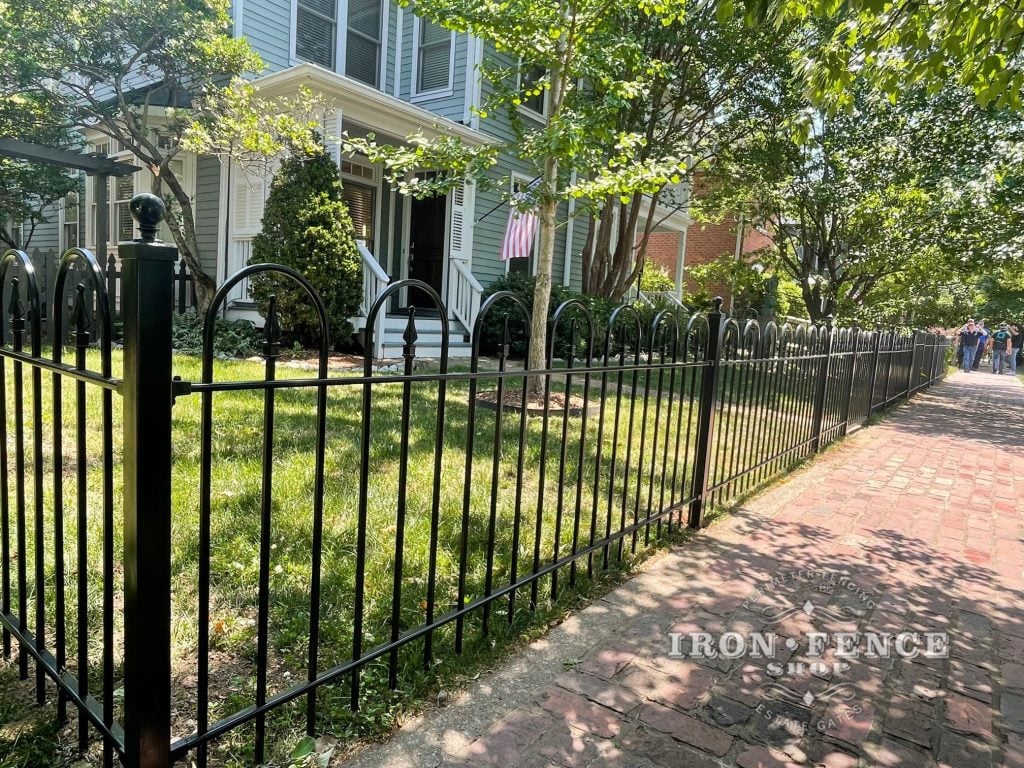
Choosing the right fence for your property is about more than just appearances. It’s a long-term investment that affects your budget, maintenance needs, property value, and even your environmental footprint. Whether you’re upgrading your current fence or planning a new install, comparing the cost and benefits of different fencing materials is a smart place to begin.
This guide will help you weigh how metal fencing compares to other common materials—like wood, vinyl, and composite—across key factors like price, maintenance, durability, and design flexibility.
Read More Free Shipping over $5,000
Free Shipping over $5,000
 15 Years in Business
15 Years in Business
 18mo No Interest Financing
18mo No Interest Financing
